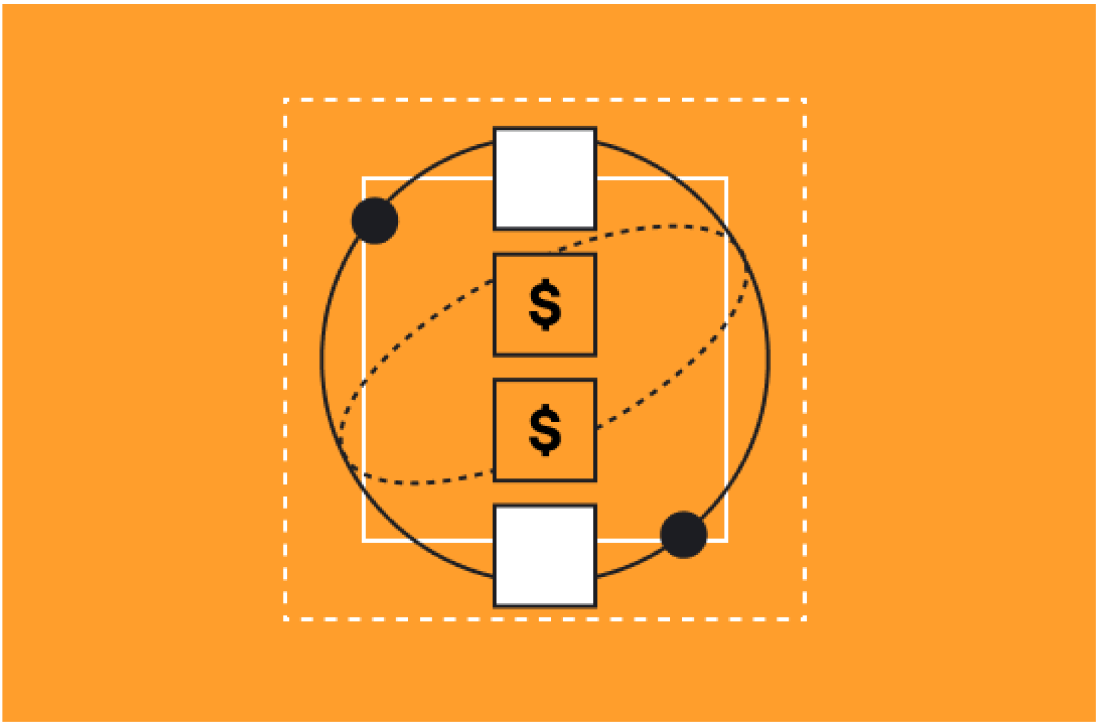As the pressure to scale efficiently increases, revenue leaders are rethinking how their teams operate. It’s no longer enough to hit numbers; you have to build systems that make growth repeatable and sustainable.
That’s where RevOps strategy comes in.
Modern revenue operations best practices go far beyond reporting dashboards or vague alignment exercises. They show up in how your teams qualify leads, forecast growth, and structure service delivery. They require clarity across the entire go-to-market motion—from demand gen through onboarding and retention.
At Aptitude 8, our Chief Revenue Officer Bryan Byler has helped shape a scalable revenue operations model grounded in data, execution, and strategic fit. Here’s how we approach it.
Define What "Right-Fit" Really Means
One of the most common traps CROs fall into is mistaking activity for progress. Teams chase volume—more leads, more meetings, more deals—only to find that win rates stall and delivery gets strained.Instead, we prioritize qualification at the strategic level. At Aptitude 8, we use a three-part framework to define a "right-fit" lead:
- Strategic Fit: Are they solving a problem we’re purpose-built to address? Do their goals align with our approach?
- Operational Readiness: Do they have the internal structure, urgency, and leadership buy-in to take action?
- Cultural Alignment: Are they collaborative, curious, and invested in long-term success?
Model Revenue from the Ground Up
Revenue modeling can’t be driven by instinct or top-down goals alone. When we built our 2025 revenue plan, we worked backwards from execution reality, not board expectations. The model used 14 core inputs—all tied to actual performance and operational capacity.A few of the most influential metrics included:
- Demand generation forecasts broken down by channel and conversion rate
- Pre-sales team capacity and delivery readiness
- Close rate segmentation: gross pipeline vs. qualified opportunities
- Ramp and attainment curves by role and tenure
- Service delivery timelines and margin by engagement type
The goal wasn’t just accuracy. It was trust. A forecast that everyone—sales, services, marketing, finance—could align around.
That’s what separates scalable revenue operations from spreadsheet guessing.
Make Follow-Up a Competitive Advantage
Even the best sales teams won’t land every value prop on the first call. Distractions happen. Timing gets missed. But what happens next matters more.
Byler coaches his team to treat the follow-up not as a recap, but as a second chance to move the deal forward with precision. The structure is simple but powerful:
- Reinforce relevance by restating the buyer’s goals in their words.
- Quantify the impact with ROI, cost of inaction, or competitive benchmarks.
- Offer a clear, frictionless next step that adds momentum.
Strong follow-ups aren’t about pressure—they’re about clarity. And in a competitive cycle, clarity builds trust faster than urgency ever could.
Build Systems That Scale
Scalable revenue operations aren’t just about automation or dashboards. They’re about building operating models that align every GTM function around the same truth.The systems we help clients build do a few things really well:
- Surface real signals early, not just form fills
- Align sales and marketing on lead readiness and conversion
- Forecast bookings and delivery with shared inputs
- Connect success metrics back to initial qualification
And importantly, we make sure the tech stack serves the process, not the other way around. For us, that means using HubSpot as the system of record and layering in RevOps as a Service to tailor the motion to each client’s growth stage and complexity.
Final Thoughts
The CRO role today isn’t about pushing harder. It’s about building smarter.
If you’re not qualifying with discipline, modeling with accuracy, and following up with clarity, then scaling will always feel reactive. But when your RevOps foundation is strong, growth feels inevitable—because the systems are designed to support it.
Scalable revenue operations start with strategy. Let’s build it right.







